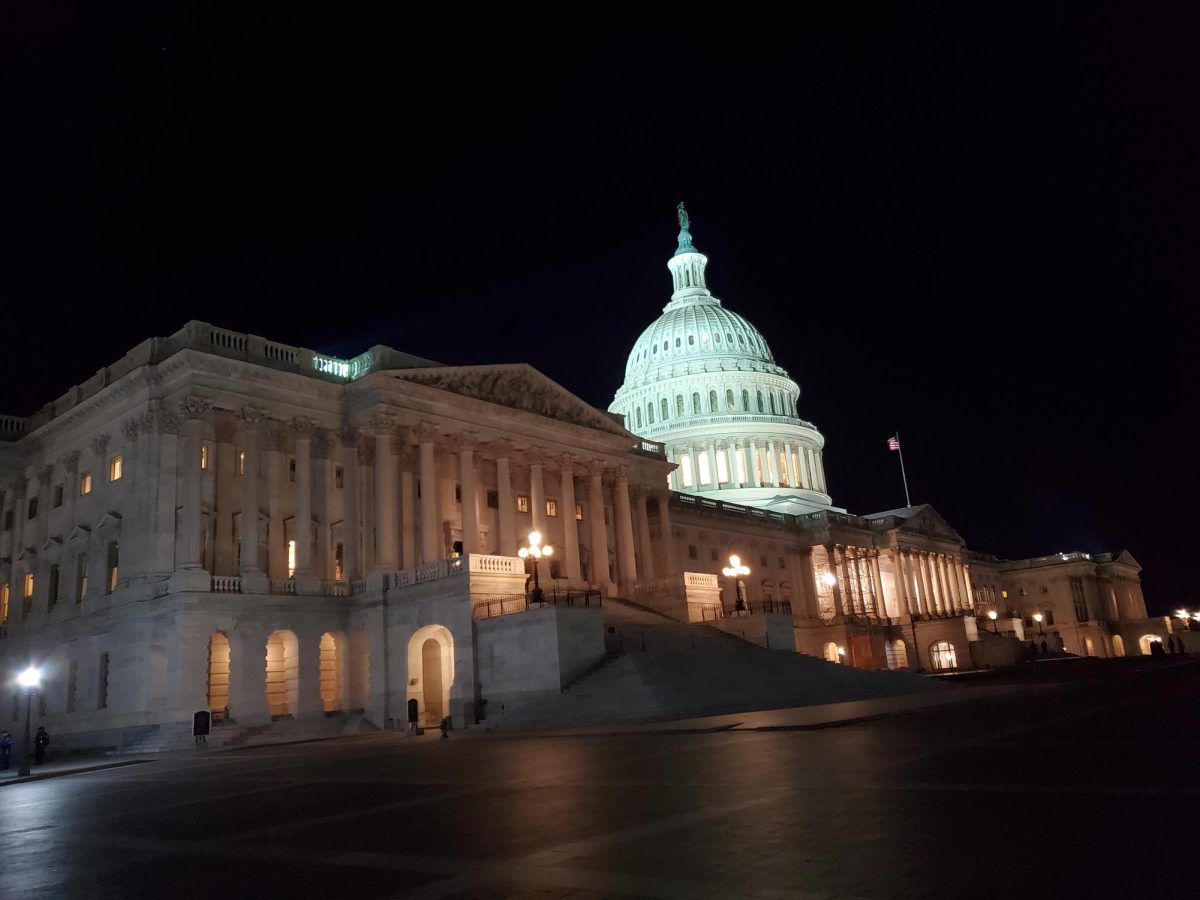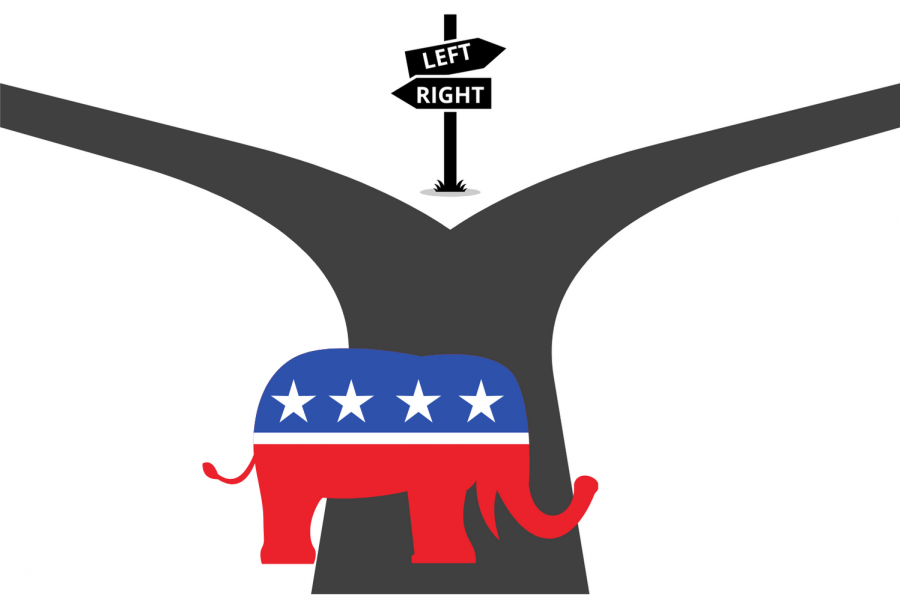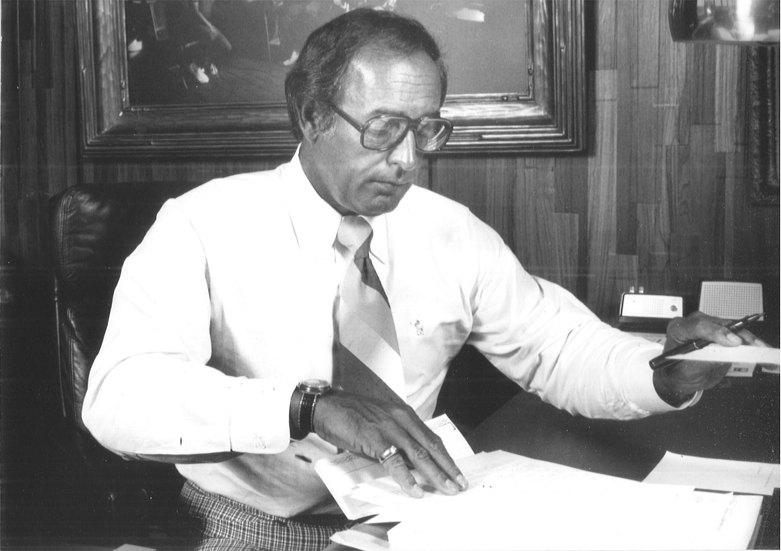“Four More Years” was highlighted as the vibrant and victorious slogan as Barack Obama was re-elected as the president of the United States. Throughout his initial four years, the Obama administration has received mixed reactions towards the controversial stimulus package.
The New York Times has pointed to the fact that he has a “strong endorsement of economic policies that stress job growth, health care reform, tax increases and balanced deficit reduction.”
Regardless, the US economy has accomplished a great deal in this past year and much credit can be given to both the administration’s policies along with the decisive actions undertaken by the Federal Reserve.
Looking back, Michael Sivy of Times Business reports that the United States has enjoyed three years of uninterrupted economic growth and falling unemployment since the 2008 recession ended. However he also made it noteworthy that this was the weakest rebound since World War II.
As 2012 came to a close, the US economy was marked with slowdown as Forbes reported that the “U.S. gross domestic product fell for the first time in three and a half years in the fourth quarter, declining by an annualized 0.1 percent.” These results followed a fourth quarter filled with substantial episodes that sparked reverberations across the entire US economy. Among these included the upcoming Presidential elections, the fiscal cliff and the disastrous Superstorm Sandy.
The New York Times reports that manufacturing output rose 0.8 percent in December to which Millan Mulraine, an economist at TD Securities in New York, believes, “There is every indication that the improvement may be a reflection of a broader pickup in overall economic activity.”
The Wall Street Journal reported that January’s labor report by the government showed that “employers added 157,000 jobs in January and hired more workers in 2012 than previously estimated.” However, the report also indicated that “unemployment ticked up to 7.9 percent in January from 7.8 percent the month before.”
Other trends include increased corporate earnings and the Wall Street Journal also adds that the “Federal Reserve shows little sign that it will wind down its stimulus efforts and the domestic economy is showing signs of improving.”
Looking ahead at 2013, economists have pointed to a positive outlook for the nation’s future. According to Reuters, both New York Federal Reserve President William Dudley and St. Louis Fed chief James Bullard saw reason for optimism regarding the upcoming year as a result of “stronger global growth as the central bank aggressively prints money to curb the nation’s lofty rate of unemployment.”
In fact, Bullard stated that “The (U.S.) election has come off. Some of the fiscal risk that was in the U.S. has come off. The European situation has settled down a lot. China looks like it will have a better year. Emerging markets generally … will have a better year.”
Though unemployment saw a 0.1 percent increase in January, Bullard believes that most uncertainties regarding the economy have already diminished. “If the rest of the world gets healthier, the demand for U.S. goods and services will increase and that will provide support to our own economy.”
Forbes also places a positive outlook on 2013, stating that “the economy is likely to regain a sounder position in the first quarter, after expanding for 13 consecutive quarters before the contraction in the fourth quarter.”
Meanwhile, Forbes also points out that current battles being waged over the debt ceiling and spending cuts have sparked uneasiness over a final solution to these problems which in turn could potentially limit early economic expansion.
Nevertheless, not everyone was keen toward the US’s economic future with The National Association for Business Economics forecasting that “gross domestic product would grow at an average annual rate of 2.1 percent in 2013. It predicted a 2.2 percent rate in 2012.”
Earlier this week, US News reported that an official report by the Congressional Budget Office estimated that “under current law the fiscal year 2013 deficit will come in at $845 billion, or around 5.3 percent of GDP. That’s about half of where the deficit was in 2009.”
Conversely the CBO added that the debt as a percentage of GDP remained at 76 percent or $12.2 trillion, which is the “highest share of GDP that the national debt will have been since 1950.”






